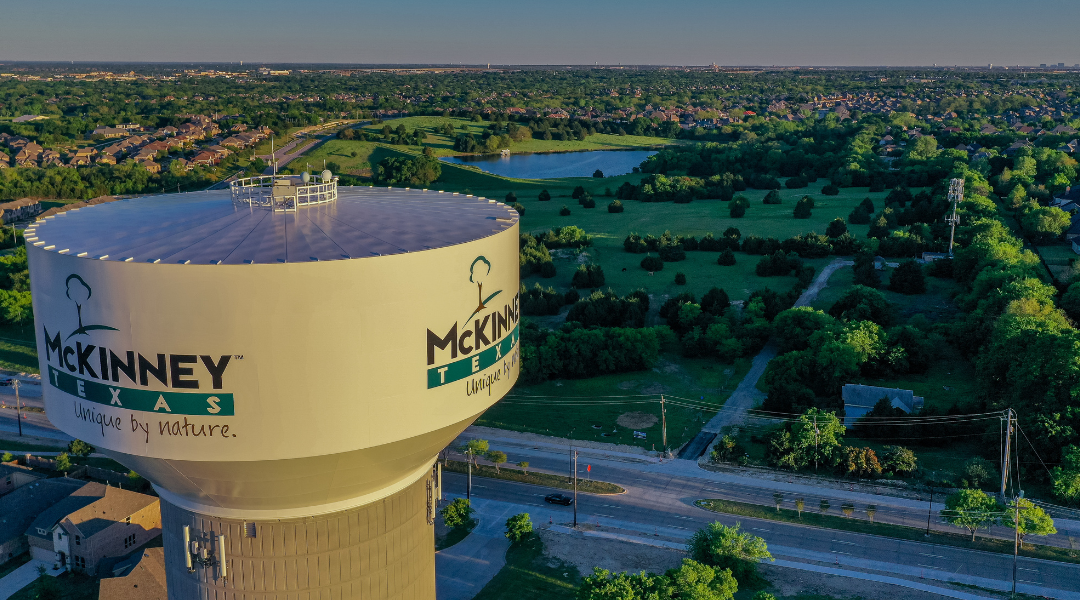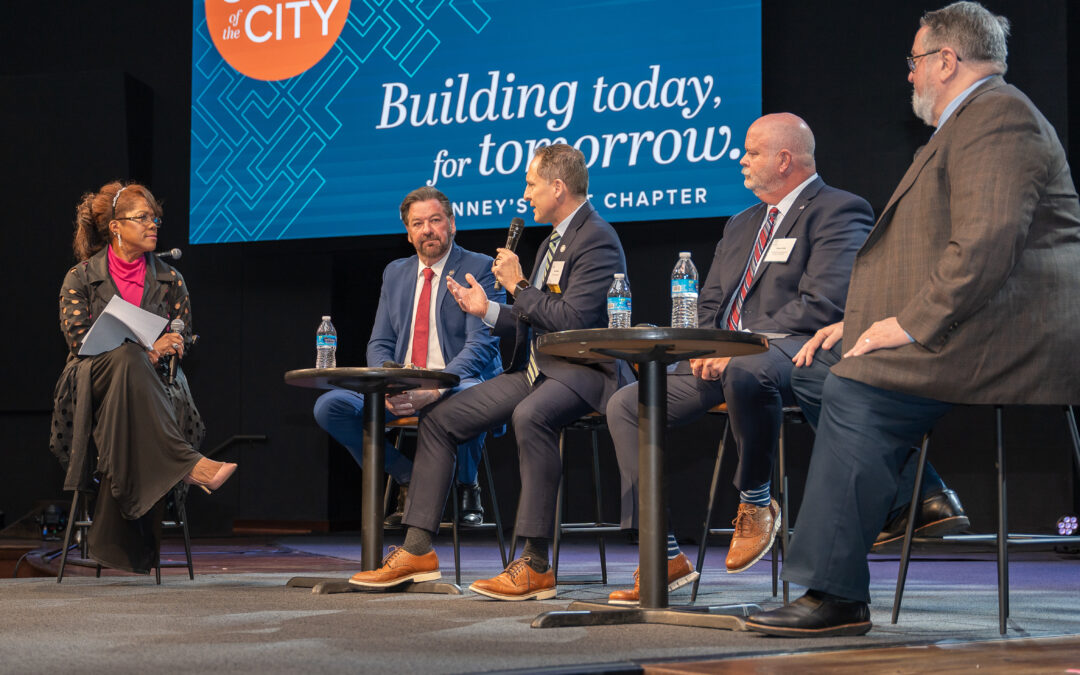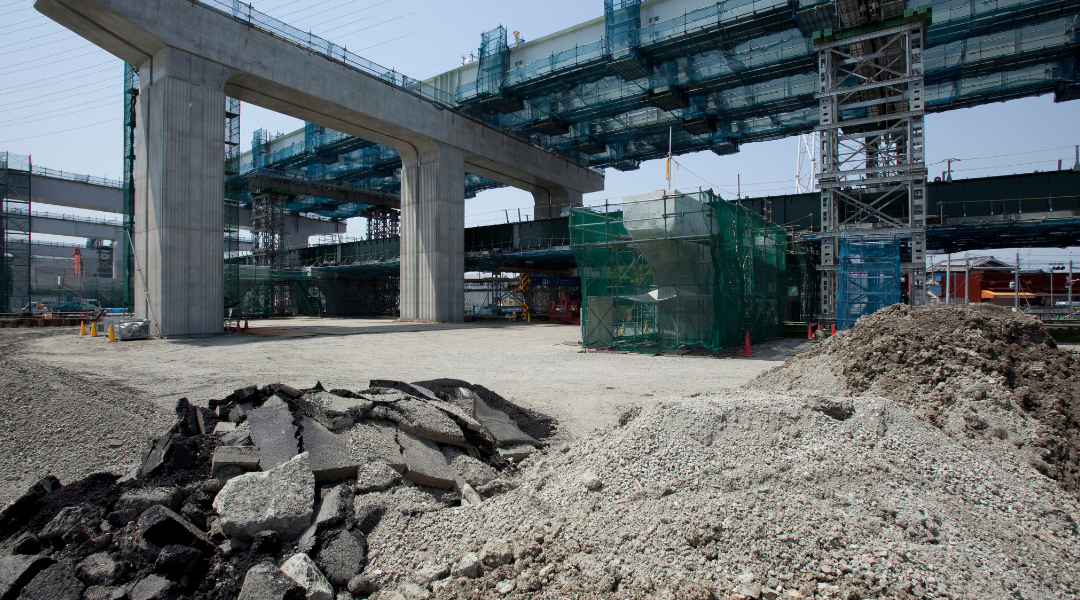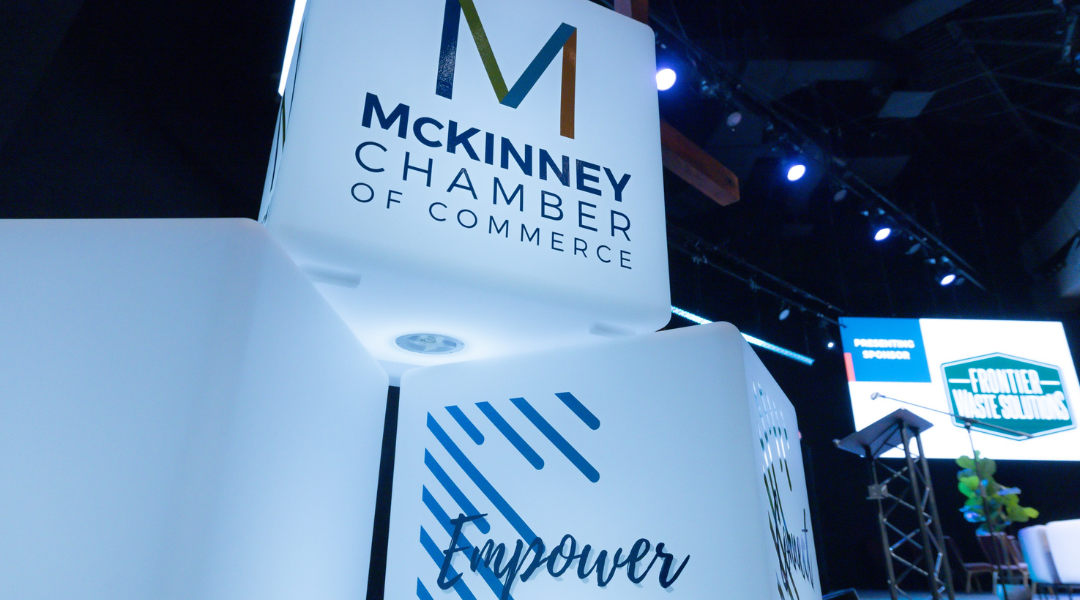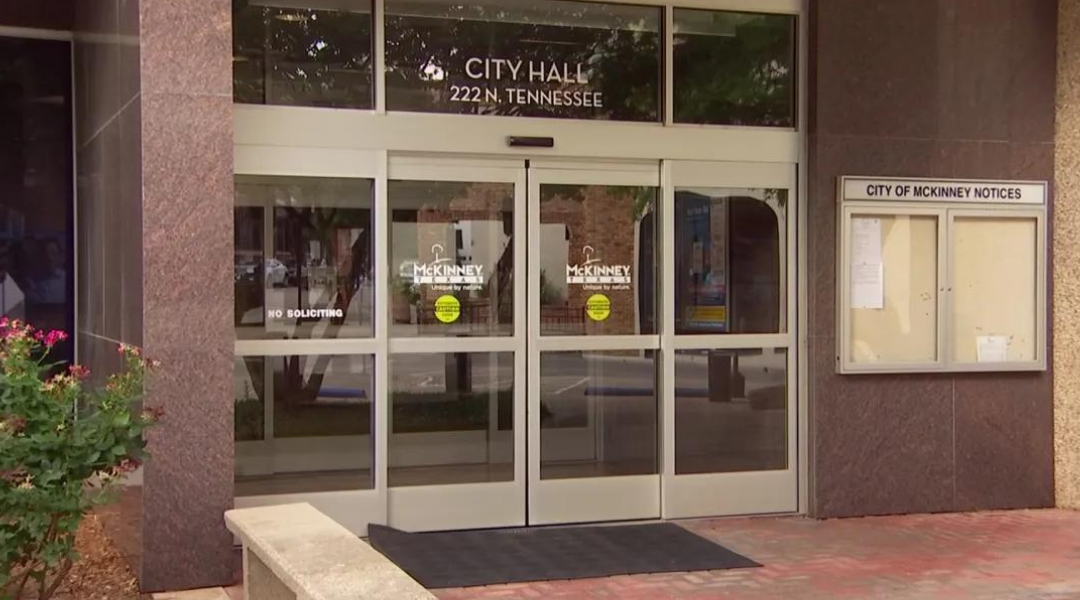If you are new to Texas, you likely have noticed roads that run next to the highway you are on.
Referred to as “feeder roads” by native Texans, frontage roads, according to the Texas Department of Transportation, are part of the infrastructure design of the state's highway system.
They are built in some locations initially in a phased-construction sequence with the mainlines to be built when traffic conditions warrant.
Once those mainline roads are built the frontage roads remain to help with the flow of traffic and they also serve as a spur (road) to help direct traffic into residential communities and shopping centers.
They often serve as a community’s primary entryway into establishments and thus are very important. Many older residents and businesses will often have a frontage road address since these roads used to be the main drag in the inner parts of a city.
Navigating cities with lots of toll roads (Austin, Dallas, Houston, San Antonio) makes frontage roads helpful in avoiding toll fines. Especially if traveling to a rarely visited location.
“Follow the frontage roads” may also be applied to directions since these roads always follow the mainlines.
Texans are also notorious for using them to escape traffic jams. Frontage roads move slowly because of all the intersections and stoplights, but they start to look real friendly when an interstate comes to a sudden mystical stop. This is when it’s helpful to tell your GPS to avoid highways as you navigate back roads through a major city — courtesy of your local frontage road.
Unfortunately, Texas frontage roads always undergo a good bit of construction, especially with growth. As mainlines expand so do frontage roads. With all the traffic, they also require maintenance. There is no doubt Texas takes pride in maintaining its roads, but maintenance always takes longer than anyone intended.
MORE NEW TO TEXAS STORIES
• 8 dangerous animals to steer clear of in Texas
• What to do if you suffer from allergies in Texas
• What to know about tornado siren sounds in Texas








